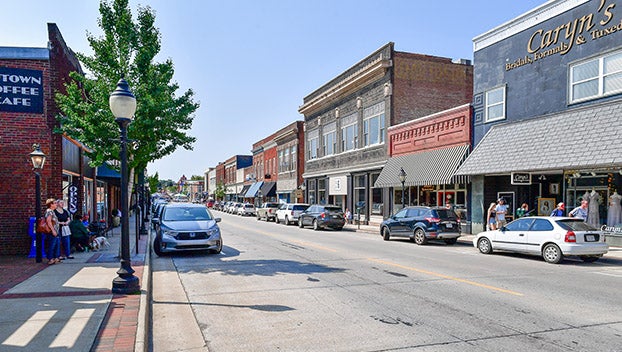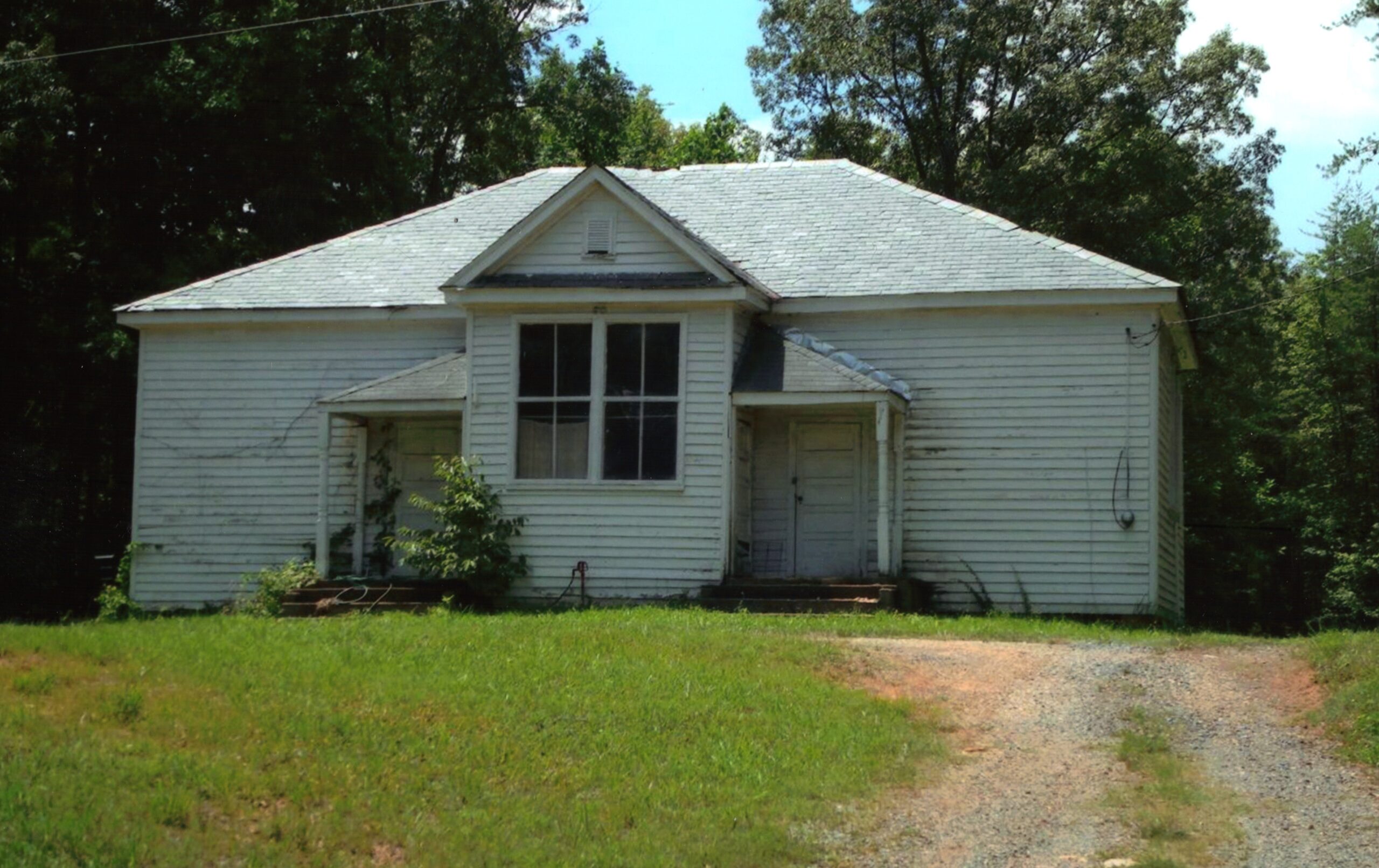How to prevent soil erosion
Published 8:09 pm Friday, November 2, 2018
With storm events — whether a spring shower or a large storm like Tropical Storm Michael — comes soil erosion, which is the displacement of soil due to rain, snow melt, or wind. Although soil erosion is a natural process, it can be increased or accelerated by human actions such as urban or residential development, conventional tillage, and soil compaction. When soil erodes, it loses its ability to support the world around us. Soil is the foundation of everything we do — it supports food, recreation, buildings, homes, and drinking water filtration and storage, to name a few. However, in order for the soil to continue to take care of us, we need to take care of the soil. It does not form in the blink of any eye — it takes 100-500 years (or more, in some climates) for an inch of topsoil to form — so we must maintain its integrity. Here are some steps you can take to reduce soil erosion.
Maintaining vegetative cover is one of the best ways to reduce erosion. Vegetation, such as grass, shrubs, and trees, helps to hold the soil in place because root systems act as an anchor. In areas prone to erosion, such as slopes or hillsides, consider planting shrubs to hold on to the soil. Shrubs have deeper root systems than grass, so they are more effective at preventing erosion. Trees also have deep root systems and are highly efficient at decreasing erosion because not only are their deep roots an anchor for the soil, but they absorb large amounts of water and minimize runoff. In its article, “Can Plants Help Slow Soil Erosion?” magazine Scientific American gives a good explanation of this: “Runoff refers to the water that flows over soil’s surface. It occurs when the soil is saturated or unable to absorb more water . . . Plants also help absorb some of the water in the soil. These effects make it harder for water to wash the soil away.”
Preventing erosion on agricultural land is vital to soil health and farm production rates. Planting cover crops following a harvest of soybeans, corn, and other crops keeps soil and nutrients in the fields by helping to prevent erosion, therefore leading to more fertile land and reduced sediment and nutrient pollution entering local streams. Additionally, using no-tillage equipment instead of the conventional tillage method is highly beneficial to soil health. A no-till seeder eliminates the need for tillage before planting because it pushes the seed into the ground through the leftover crop residue. No-till seeding reduces the loss of nutrient-rich topsoil, therefore producing a better crop. The Piedmont SWCD provides a no-till seeder rental program for farmers to sow small grain crops and grasses. The District provides delivery and pickup (within Amelia, Nottoway, and Prince Edward) and technical assistance at no additional charge. For more information, contact equipment manager Stephen Reames at (804) 393-0246.
Trending
Soil erosion prevention also takes place above the ground. Collecting runoff from your roof can help prevent erosion. One way to do that is to install a rain barrel or cistern, which connects to a downspout and collects water as it exits the gutter system. Not only do these rain storage containers collect water and prevent it from rushing across the ground and carrying away the soil, but they also provide a source of free water. Although water collected in rain barrels is non-potable (unsafe to drink), it can be used for other applications, such as watering your garden or washing your vehicle.
Another measure you can take is installing a rain garden, which is a landscaped area with a shallow depression that allows stormwater to temporarily pond before seeping into the underlying soil within 48 hours. Rain gardens are an easy and effective tool to help reduce stormwater runoff because they slow down rain water, which would otherwise wash over the land and pick up soil and pollutants before entering local waterways.
For more information about preventing runoff, contact the Piedmont Soil and Water Conservation District at (434) 392-3782 ext. 131, or visit our website at www.piedmontswcd.org.
Emily Gibbs is the Residential Conservation and Marketing Coordinator at Piedmont Soil & Water Conservation. You can contact her at (434) 392-3782 ext. 131 or visit www.piedmontswcd.org.






